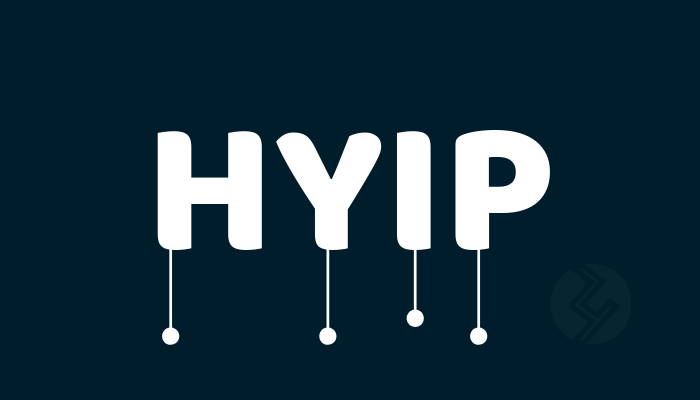Questions to Ask When Evaluating an Inventory Management Software Service
For years, retailers have struggled with the challenge of forecasting inventory needs. Many retailers have been relying heavily on their vendors to provide accurate forecasts. With new technology comes new opportunities for businesses. Providers are now using inventory management software. The software help store managers plan their future purchases and reduce inventory costs. There are a few things to consider before integrating the software into your business. Here are some key questions to ask when evaluating an inventory management software service.
How Does It Compare With Previous Tools?
You should be able to track historical sales data. Ensure you view real-time data specific to the product categories you need for inventory planning. Before purchasing, look at what different vendors offer within the same category. This will enable you to determine what is unique about each company’s system before signing up for anything. Thoroughly research the system and see how it functions. It is also vital to assess how it adapts to changing data.
How Does It Compare With Previous Tools?
If you are new to inventory software, your system must integrate seamlessly with your POS. Some software packages offer multiple features, such as forecasting tools and analytics. The features help you establish a plan of action for an upcoming product run. If you are new to these systems, ask about an introductory demo. Retailers may also consider free consultations with store managers who have mastered the system.
What’s Included?
Many of these systems offer commercial-grade versions for businesses looking for advanced features. However, store managers should look for free trial periods and free upgrades. To help you determine which parts are most relevant to your business, research the capabilities of other retail software packages. Retailers should also look into the newest version of online inventory systems in the market.
How Much Does It Cost?
The software cost is often determined by the number and types of tools available. Some low-cost system providers charge you to peruse. For example, the pay-as-you-go low price range offers a three-month subscription. It also provides a full license for a one-time cost less than most other pricing plans. In contrast, others give a fee-based premium service. Such plans offer easy stock management tools and unlimited access to reports for one time only.
What Are the Results?
To measure the success of your system, evaluate both historical and real-time data against sales and forecasting trends. The gathered information help retailers adjust inventory levels based on store traffic or to take advantage of promotions. Some tools offer real-time updates. In addition to standard reports and data, some programs also provide insight from software engineers. These engineers can recommend improvements or changes to ensure your business is on track with increased sales goals.
Is It Secure?
To plan inventory effectively, you need to know how your business stacks up against other retail stores. Some systems include feedback from key vendors and other small business owners. This can help determine how useful the software is for your operation. Most systems do not require user names or passwords. However, some may require an online login if the information is sensitive. Some systems also offer encryption of data uploaded and stored on their servers. In addition to taking advantage of this feature, store managers should also ensure that store-specific data is kept secure on their e-commerce websites or POS systems.
What Else Is Needed?
Inventory management software may also include sales forecasting or trend analysis features for a retailer. Check that the system offers free upgrades and consultations with engineers or users. This is to ensure that you get the total value of the product. Also, ask about any other products required to entirely take advantage of your system. Another benefit of traditional software is ease-of-use. Most tools need no training or technical knowledge to learn and use. However, some systems also offer built-in training tools that guide you through setting up inventory in your system.
A number of the software-as-a-service tools come with pre-configured features. These features allow store managers to pull reports or generate visuals based on past sales data or customer feedback. Some offer additional features like predictive analysis or real-time updates from the vendor. Inventory planning software can help you set accurate forecasts and plans, reduce stock-outs and boost sales.







